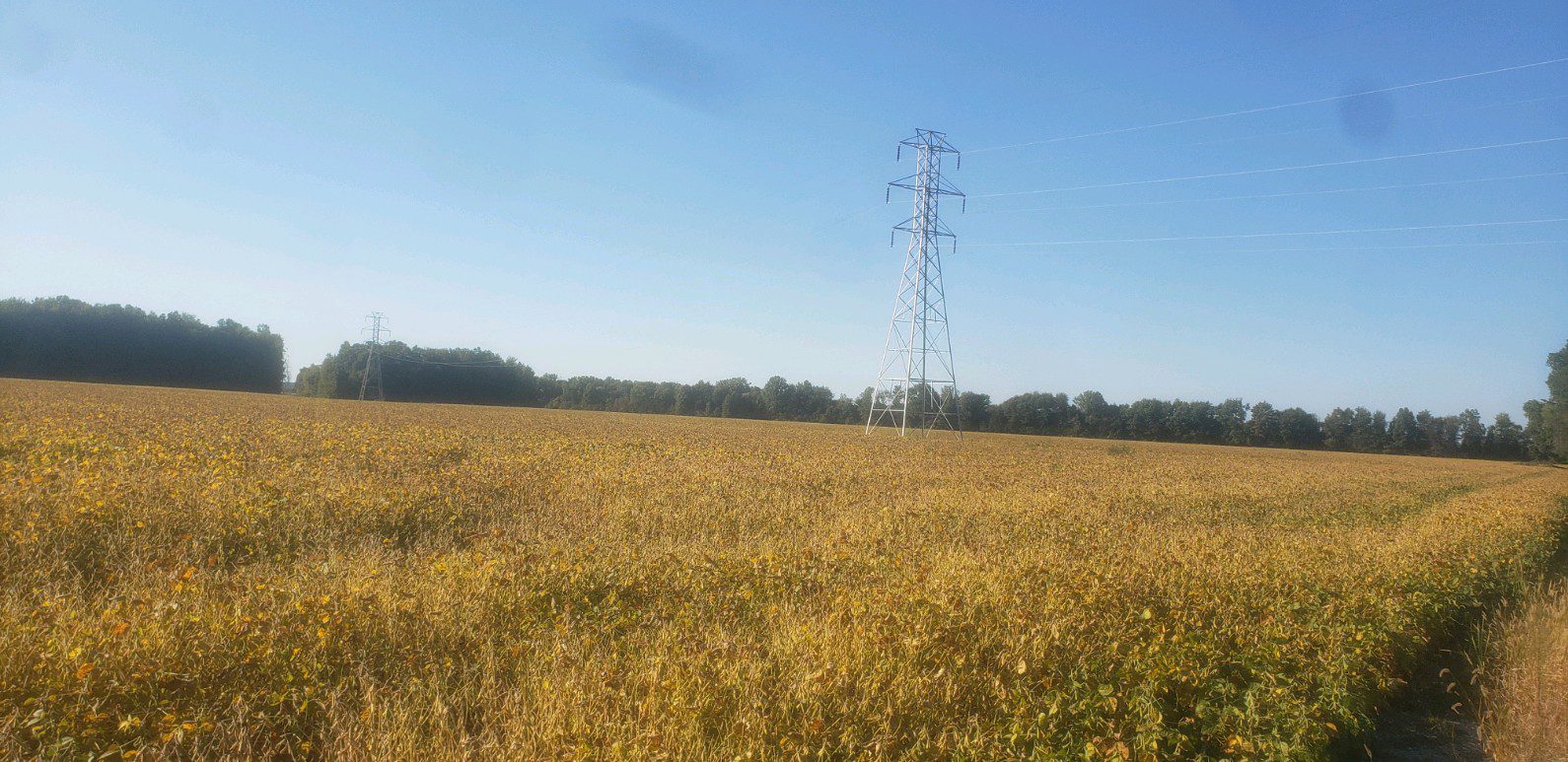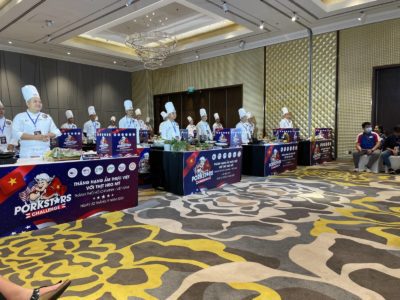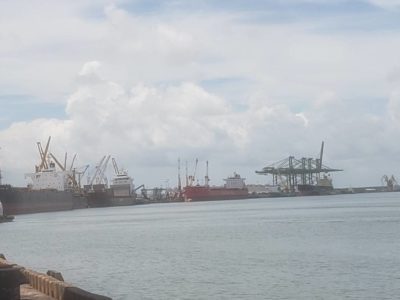Though conditions have been challenging in our area of the U.S. Midwest, I expect a quality, but average yield, from our 2022 soybean crop. Temperatures cooled off in late September, slowing the maturing process and causing harvest to start later than I had hoped.
Now my goal is to start harvesting our high oleic soybeans late the first week or early the second week of October. That’s a week or two later than I expected based on what I observed earlier this season. Our corn should be ready to harvest in late October. Finally, our food-grade soybeans, which were planted in June, should be ready to harvest by the beginning of November. We will have a late fall.
We were able to do our third cutting of alfalfa for livestock feed the first full week of September. It has grown well enough since then that we could do a fourth cutting, if we get a week of dry, sunny weather. At this time of year, alfalfa hay needs more time to dry in the field before it can be baled.
The delay to harvest made it easier for me to travel and connect with customers in Southeast Asia. I participated in a trip organized by the Indiana Soybean Alliance. I serve as a director on the board of this state soybean checkoff board, as well as on the American Soybean Association board.
From September 17 to 25, our group visited Thailand and Vietnam and participated in a variety of meetings and events that we help fund. This was a priceless opportunity to talk with customers, learn what they look for in soybeans and gain insight into how we as farmers can better meet those needs.
In Bangkok, Thailand, we attended a conference held by the U.S. Soybean Export Council (USSEC) and the U.S. Grains Council. There, we met grain buyers from throughout the region. Other farmers provided crop updates, and we listened to speakers describe global demand, U.S. yield potential, ongoing supply chain issues, challenges of rising input costs and more.
In both Thailand and Vietnam, we visited with local officials from the USDA Foreign Ag Service (FAS) offices in those countries. During these meetings, we learned about needs and market trends in those specific countries, the Southeast Asia region and neighboring regions.
This trip was coordinated with the U.S. Meat Export Federation (USMEF), an organization committed to building global markets for U.S. meat products. Our livestock farmers rely on high-quality U.S. soybean meal to produce those products, so we work closely together.
In Ho Chi Mihn City, Vietnam, we participated in a pork cooking contest sponsored by the Indiana Soybean Alliance and USMEF. Chefs showed off a wide variety of creative ways to use U.S. pork in dishes appealing to Vietnamese customers.
During a trip to a major supermarket promoting U.S. pork, we learned that one trend in Vietnam is a growing demand for packaged meat, rather than relying solely on local live markets to purchase meat.
We also visited a Bunge soybean crushing facility and a port. We learned how Vietnam imports soybeans. We saw where they unload soybeans off oceangoing ships for crushing. Then, we saw soybean meal being loaded onto barges that travel up Vietnam’s rivers to other areas of the country.
While we were in Vietnam, we heard presentations from some of the same people I had listened to when I visited Vietnam four years ago. I met other Vietnamese grain buyers for the first time. I was amazed at how many of them were interested in soy food beans from the U.S. The market for the specialty soybeans I raise is growing, and that’s exciting.
A trip like this is well worth the time — even when it is scheduled right before harvest. We learn so much more by talking to actual end users. And, it means a lot to our customers when we show up and want to learn from them.
I come back from these trips with information to share with other farmers that helps us all make better management decisions on our farms that allow us to better meet those needs. As I raise my soybeans, I will adjust my decision-making to raise a better product that they want to purchase.
As I start harvesting high-oleic soybeans and soy food beans, I will be thinking about what I learned in Southeast Asia to better make decisions in the future.







